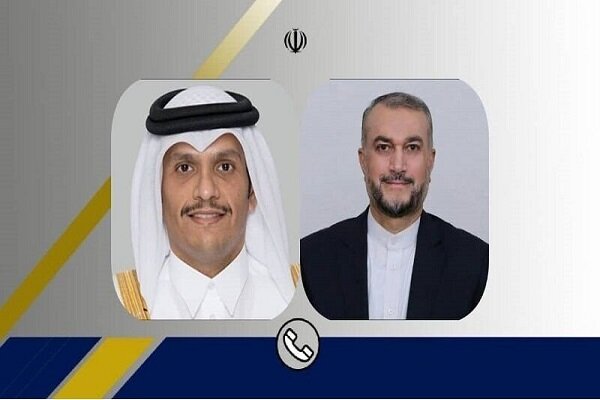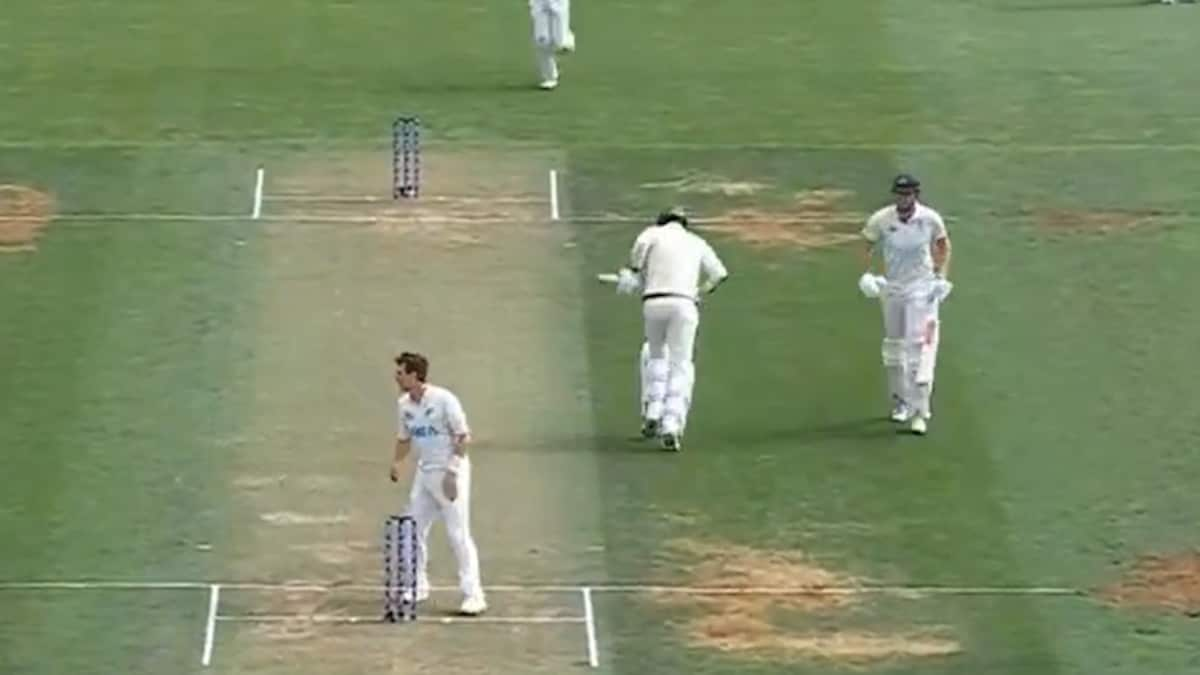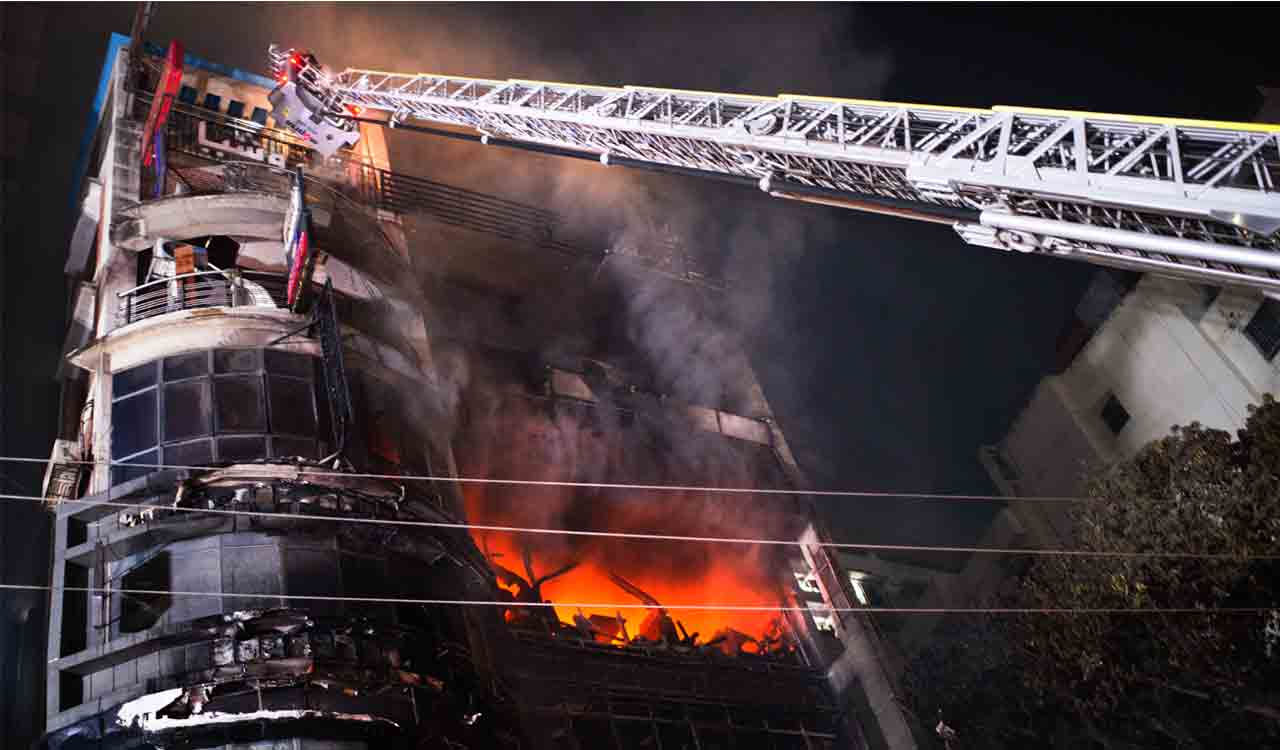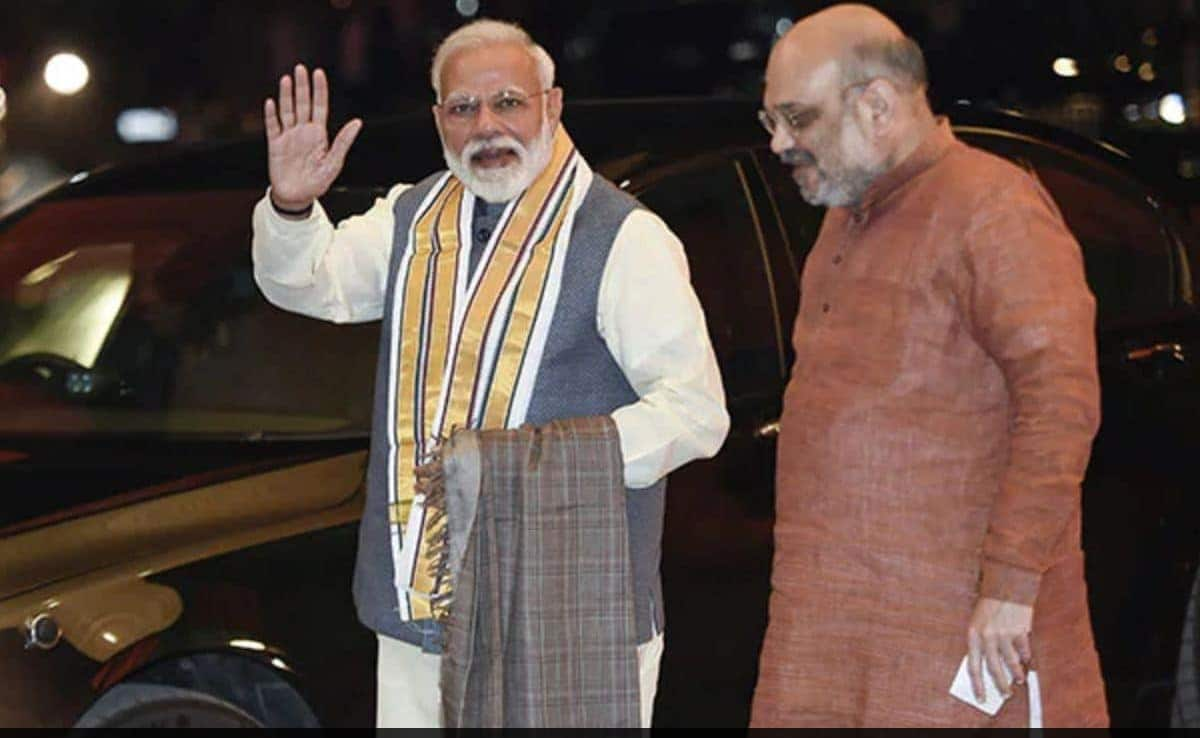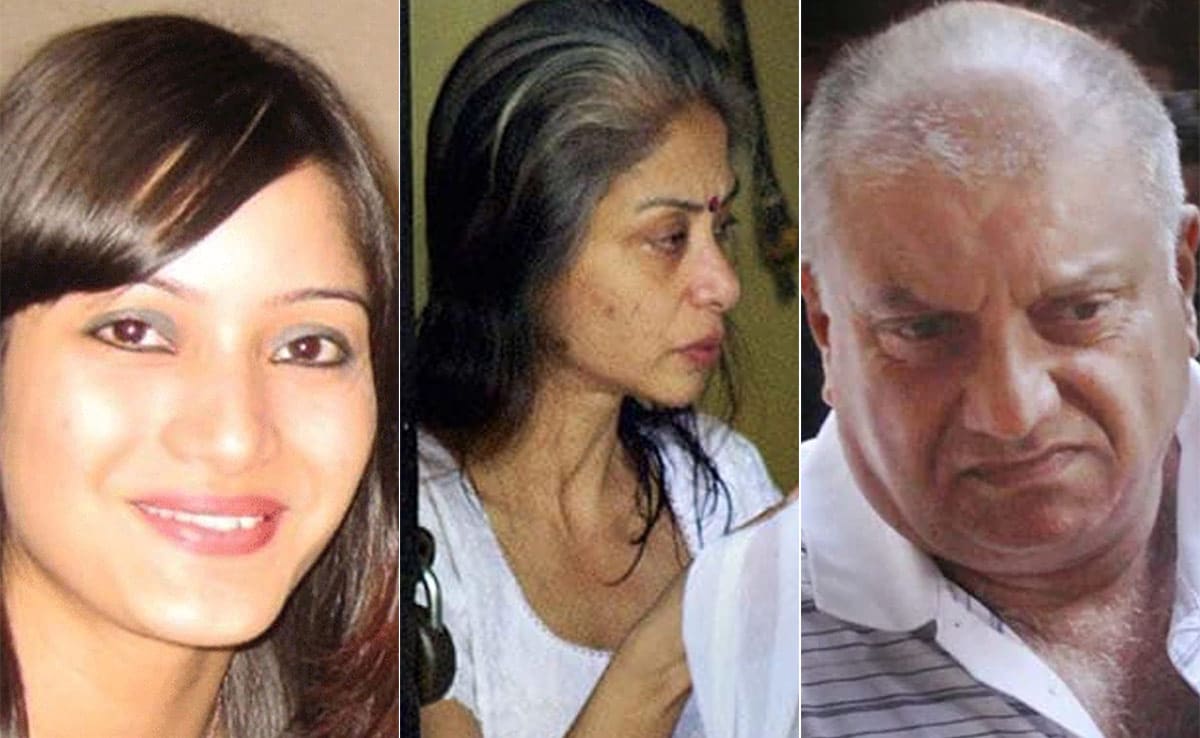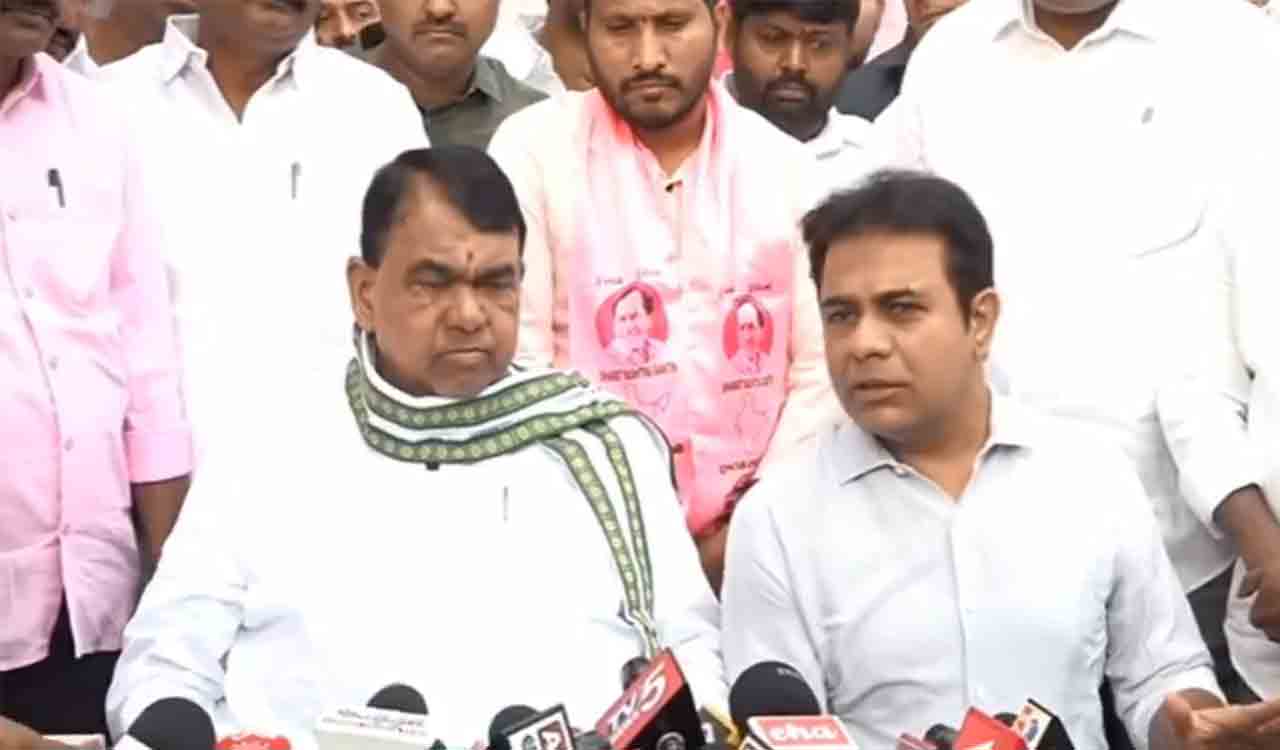New Delhi:
The BJP is expected to release a first list of candidates – around 100 names, which will include heavyweights like Prime Minister Narendra Modi and Home Minister Amit Shah – for the 2024 Lok Sabha election later today, after marathon overnight meetings in Delhi, including one led by the Prime Minister at his Delhi residence that began 11 pm Thursday and finished 3.15 am Friday.
Sources have told NDTV the BJP’s strategy, as it bids for a third term, revolves around getting feedback on sitting MPs’ – including but not limited to discussions with grassroots-level workers and voters in their constituencies – and a tactical reshuffle to eliminate the anti-incumbency bias.
Sources also said last night the party intends to name a chunk of its candidates, not including those from National Democratic Alliance allies, well before poll dates are announced to ramp up pressure on its main (only) rival – the Congress-led INDIA bloc, which has still not finished seat-share deals.
Hindi Heartland, South Focus
NDTV was told the Thursday night-Friday morning meet would focus on candidates for the Hindi heartland states of UP, Uttarakhand, Madhya Pradesh, Chhattisgarh, and Rajasthan, as well as Mr Modi’s home state of Gujarat. Also in focus were the southern states of Kerala – where the BJP has traditionally been a non-entity – and Telangana, where it was routed by the Congress last year.
READ | PM Leads BJP’s Midnight Meet To Decide Lok Sabha Candidates
A decision for other states, including Andhra Pradesh, Punjab, and Tamil Nadu, have been put on hold pending alliance talks with regional parties. In the latter two states the BJP is hoping to re-establish ties with the Akali Dal and the AIADMK, while in the former it must choose between the ruling YSR Congress Party and the Telugu Desam Party-Jana Sena alliance.
PM Modi, Amit Shah In First List?
In any case, the list is not due before noon, but it is likely Mr Modi will return to defend his seat in Uttar Pradesh’s Varanasi, which has been a BJP bastion since 1991 (save a Congress win in 2004).
He claimed dominant wins here in 2014 and 2019, winning the first election by 3.7 lakh votes and the second by nearly 4.8 lakh. There was speculation the Prime Minister’s hat-trick bid could be challenged by the INDIA bloc, with Congress leader Priyanka Gandhi Vadra a possible candidate.
The other possible candidate was Bihar Chief Minister Nitish Kumar, but that has been ruled out since the Janata Dal (United) boss – a founding member of INDIA – has now re-allied with the BJP.
READ | Public Feedback, Tech: How BJP Is Picking Lok Sabha Poll Candidates
Ms Gandhi Vadra’s (long-awaited) electoral debut – there was talk she would run in the 2019 election too – has not been confirmed yet, and the stepping down of Congress matriarch Sonia Gandhi from the party’s Raebareli stronghold has opened up a possible perfect unveiling op for the party.
Amit Shah, meanwhile, could be fielded from Gujarat’s Gandhinagar.
The BJP has held the seat – which has sent stalwarts like LK Advani and former Prime Minister Atal Bihari Vajpayee to the Lok Sabha – since 1989. Mr Shah won this seat in 2019 – he recorded a dominant win, beating the Congress’ Chaturainh Chavda by over 5.5 lakh votes.
Other Big Names?
Amit Shah’s cabinet colleagues – Defence Minister Rajnath Singh and Aviation Minister Jyotiraditya Scindia – may contest from Lucknow and Guna-Shivpuri in Madhya Pradesh, respectively.
Like Gandhinagar, the UP capital is a BJP stronghold.
Mr Vajpayee held this seat from 1991 to 2004 and Rajnath Singh has held it since 2014, seeing off the Congress’ Rita Bahugana Joshi and the Samajwadi Party’s Poonam Sinha.
Mr Scindia’s expected seat in Madhya Pradesh is seen as sure thing since it is his family citadel. The Scindia royal family has won this seat 14 times since the first election in 1952.
Jyotiraditya Scindia held this seat between 2002 (a bypoll necessitated by his father Madhavrao Scindia’s death) and 2014, but that was as a member of the Congress. After his controversial cross-over, he surrendered the seat and was instead nominated to a Rajya Sabha seat from the state.
In 2019 the seat was won by the BJP’s Krishna Pal Yadav.
Others who may be named in the first list are former Assam Chief Minister Sarbananda Sonowal from Assam’s Dibrugarh, a seat he won in 2004 (when with the Asom Gana Parishad).
READ | BJP To Contest 11 Lok Sabha Seats In Assam, 3 For Allies
Across Assam the BJP will contest 11 seats, leaving three for its allies – the Asom Gana Parishad and United People’s Party Liberal, Chief Minister Himanta Biswa Sarma said Thursday.
No Pragya Thakur, Shivraj Chouhan Returns?
There are likely to be some surprises too, with buzz fiery Bhopal MP Pragya Thakur will not return to defend her seat, which was offered to ex-Madhya Pradesh Chief Minister Shivraj Singh Chouhan.
Mr Chouhan – sacked after the BJP’s Assembly poll win last year, despite his welfare measures, particularly the ‘Laadli Behna’ scheme, ensuring the party retained the state – reportedly refused the seat, and said he wants to contest from his home district of Vidisha.
The former Chief Minister is a five-time winner from the seat – from 1991 to 2004 – that has also been a BJP fortress; the saffron party has held Vidisha since 1989.
Room For Allies
The meeting also likely saw talks about leaving six seats in politically key Uttar Pradesh, which sends 80 MPs to the Lok Sabha, for regional allies like the Apna Dal and the Rashtriya Lok Dal of Jayant Chaudhary, which the BJP reportedly won over from INDIA despite their January agreement.
Overall, the plan is to name at least 50 per cent of its candidates by March 10. In 2019 the party did the same thing; it revealed 164 candidates on March 21, weeks before dates were announced.
NDTV is now available on WhatsApp channels. Click on the link to get all the latest updates from NDTV on your chat.


